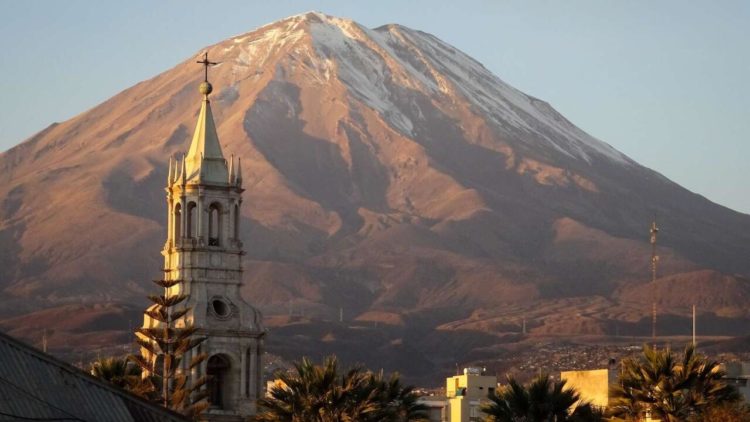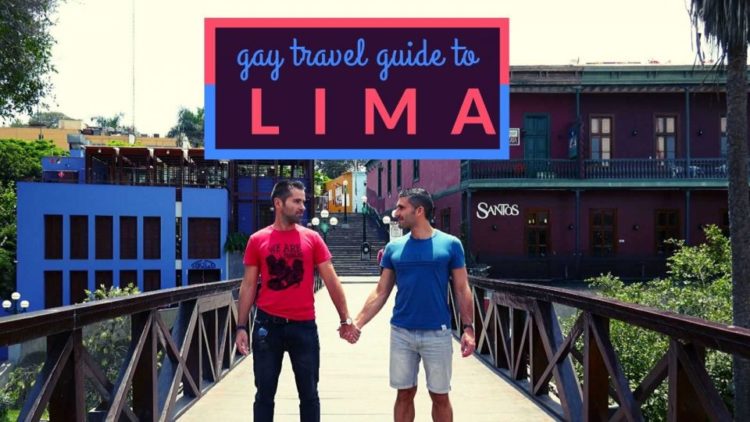We came to Arequipa as the base for our trek to the Colca Canyon, one of the deepest canyons in the world. We ended up staying a week because we fell in love with the cutesy old town and the chilled vibe of the “White City”.
On that note, the ‘White City’ nickname has nothing to do with coca(!) play or Miami-style White Parties…it is simply because the city is almost completely built out of “sillar” – a white volcanic stone.
Put simply, this is a place to come to be WOWed by nature over and above everything else. Travel + Leisure Magazine even named it as the #2 on its annual list of the top 50 best places to travel to. Whilst there is a small gay scene to explore (more on this below), we suggest saving up your partying groove in gay Lima.
In this guide to gay Arequipa, we set out the best hotels to check out, along with the queer-friendly spaces, events, our favourite places to eat and best things to do.
Is Gay Arequipa safe?
Overall we found the city to be safe for gay travelers. Tourism is a major source of income for the local economy, so businesses are used to dealing with foreigners and are accustomed to dealing with LGBTQ travelers.
That being said, remember Peru is still very conservative with a strong affinity to the Catholic Church. We took this on board and were careful not to flaunt our love in people’s faces. At the same time, we never felt unsafe anywhere in gay Arequipa. In the worst-case scenario, people just asked us if we’re brothers. All the hotels we stayed at were gay friendly and welcomed us – no one batted an eyelid that two men wanted to share a double bed.


